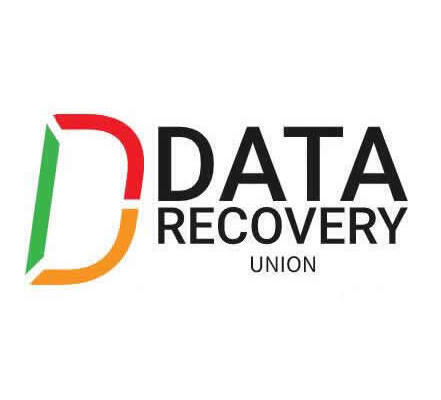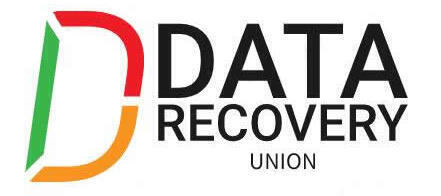
Data clock recovery circuit
1. A variable phase oscillator comprising:
an oscillator having a substantially fixed frequency output signal;
means for periodically generating coded phase values of said oscillator output signal, said generating means including means for quantizing the phase value of said oscillator output signal into a predetermined number of phase steps;
a source of a prescribed phase value; and
means for comparing said periodically generated coded phase values and said prescribed phase value to periodically generate output pulse signals.
2. The invention as defined in claim 1 wherein the relative phase of said output pulse signals in relationship to said oscillator output signal is dependent on said prescribed phase value.
3. The invention as defined in claim 2 wherein said source of said prescribed phase value includes means for obtaining a phase value which represents the phase difference between said coded phase values and an incoming data transition.
4. The invention as defined in claim 1 wherein said source of said prescribed phase value includes means for obtaining the coded phase value being generated upon occurrence of an incoming data transition.
5. The invention as defined in claim 4 wherein said source of said prescribed phase value includes means supplied with said coded phase values and being responsive to an incoming data transition for storing the coded phase value being generated upon occurrence of said data transition and for adding a predetermined phase value to said stored coded phase value.
6. The invention as defined in claim 4 wherein said source of said prescribed phase value further includes means for adding a predetermined phase value to said obtained coded phase value.
7. The invention as defined in claim 6 wherein said means for obtaining comprises means supplied with said coded phase values and being responsive to said incoming data transition for storing the coded phase value being generated upon occurrence of said data transition.
8. The invention as defined in claim 7 wherein said predetermined phase value is dependent on the incoming data bit period.
9. Data clock recovery apparatus comprising:
an oscillator having a substantially fixed frequency output signal;
means for periodically generating coded phase values of said oscillator output signal, said generating means including means for quantizing said oscillator output signal into a predetermined number of phase steps;
means supplied with said coded phase values and being responsive to an incoming data transition for generating a prescribed phase value in predetermined relationship to a coded phase value being generated upon the occurrence of said data transition; and
means for comparing said periodically generated coded phase values with said prescribed phase value to generate periodically clock recovery pulse signals.
10. The invention as defined in claim 9 wherein said means for generating said prescribed phase value includes means supplied with said periodically generated coded phase values and being responsive to an incoming data transition for storing the coded phase value being generated upon occurrence of said data transition and for adding a predetermined phase value to said stored coded phase value.
11. The invention as defined in claim 9 wherein said means for generating said prescribed phase value comprises means supplied with said periodically generated coded phase values and being responsive to an incoming data transition for storing the coded phase value being generated upon occurrence of said data transition and means for adding a predetermined phase value to said stored coded phase value.
12. The invention as defined in claim 11 wherein said coded phase values are coded in a Gray-code format.
13. The invention as defined in claim 11 wherein said predetermined phase value is selected in predetermined relationship to the incoming data bit period.
14. The invention as defined in claim 13 wherein said comparing means generates a clock recovery pulse when said supplied coded phase value equals said prescribed phase value.

